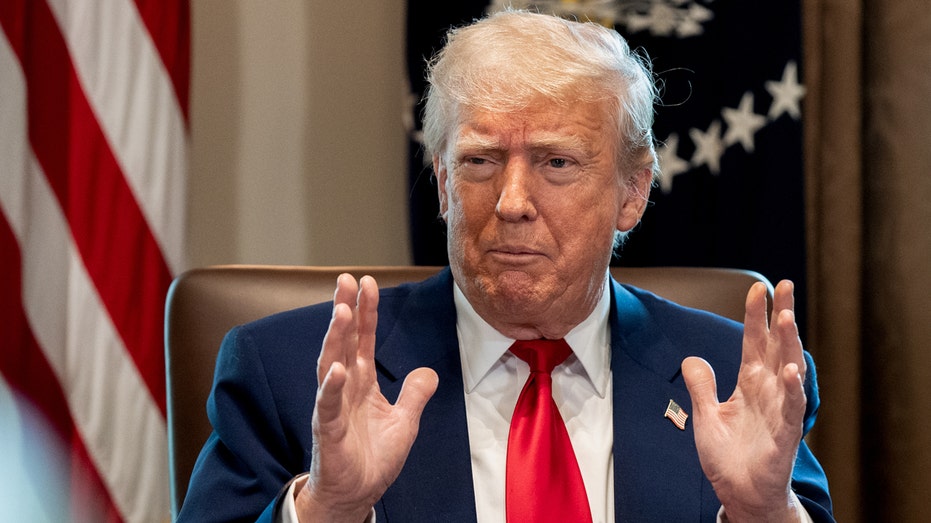Experts Warn Trump's Tariff Strategy Could Cover Tax Bill But Risks Flopping If Policies Change
CBO projects Trump’s tariffs could slash the deficit by $2.8 trillion, but experts question the long-term sustainability of the revenue.

The ongoing debate in Washington over President Donald Trump’s expansive economic agenda has intensified, as White House officials and congressional Republicans promote sweeping tariffs as a primary means to offset the immense cost of the president’s proposed tax legislation. However, leading policy analysts caution that the actual impact of these tariffs—and their ability to cover a price tag estimated at $4 trillion—hinges on both consistency in policy enforcement and long-term economic ramifications.
In the Senate, Republicans are working to reshape what they describe as Trump’s “big, beautiful bill,” seeking to extend and cement hallmark tax cuts from his first term. Yet, a recent analysis from the Congressional Budget Office indicates that the tax portions alone could contribute an additional $2.4 trillion to the national deficit over the coming decade, even after accounting for revenue increases and anticipated spending cuts embedded within the legislative package.
Notably, the CBO projects that if Trump’s tariff policies remain intact and are enforced consistently, they could reduce the deficit by as much as $2.8 trillion over ten years. This projection, however, is underpinned by the assumption that these tariffs will be permanent—a scenario met with skepticism by tax experts who point to the administration’s inconsistent approach toward tariff implementation.
Tax policy specialists warn that relying on tariffs as a comprehensive revenue substitute brings its own risks. As Joe Rosenberg, a senior fellow at the Urban-Brookings Tax Policy Center, highlighted, the current fiscal environment—marked by a surging national debt now exceeding $36 trillion and elevated interest rates—makes the stakes far higher than when the initial tax reforms were conceived eight years ago. Rosenberg stressed that the projected windfall from tariffs could evaporate if the administration uses them strategically as leverage instead of as a dedicated source of federal income.
Moreover, the CBO report underscores that maintaining such tariffs would not come without economic pain. Over the next decade, the agency predicts a decline in household wealth and consistent contraction of the broader economy, raising alarms about the potential for long-term hardship for American families and businesses.
Policy experts such as Tad Dehaven of the Cato Institute emphasize that even under optimistic assumptions, the benefits of using tariffs to fund tax cuts are “extraordinarily unlikely.” He described the tariffs as effectively operating like a stealth tax increase that could negate any immediate gains from the proposed tax cuts—an arrangement he characterized as both economically inefficient and politically precarious, especially as legal challenges to the tariffs continue to play out in federal courts.
Meanwhile, voices on the conservative side, including Mike Palicz of Americans for Tax Reform, have dismissed the CBO’s analysis as overly rigid, contending that the real focus should remain on preventing the expiration of the Trump-era tax cuts. Palicz argues that letting these cuts lapse would represent “the largest tax increase in American history,” and maintains that addressing the deficit should not come at the expense of higher taxes for households or small businesses.
As the Senate weighs revisions to the administration’s legislative package, the debate remains sharply polarized—not just over the numbers, but over the very philosophy underlying federal taxation and economic stewardship. Whether Trump's tariffs can realistically pay for the ambitious tax cuts remains an open question, with significant implications for America’s fiscal future and for millions of taxpayers across the country.




